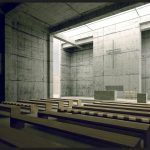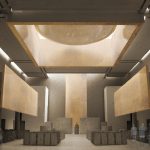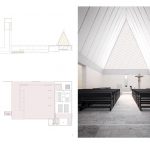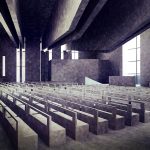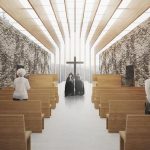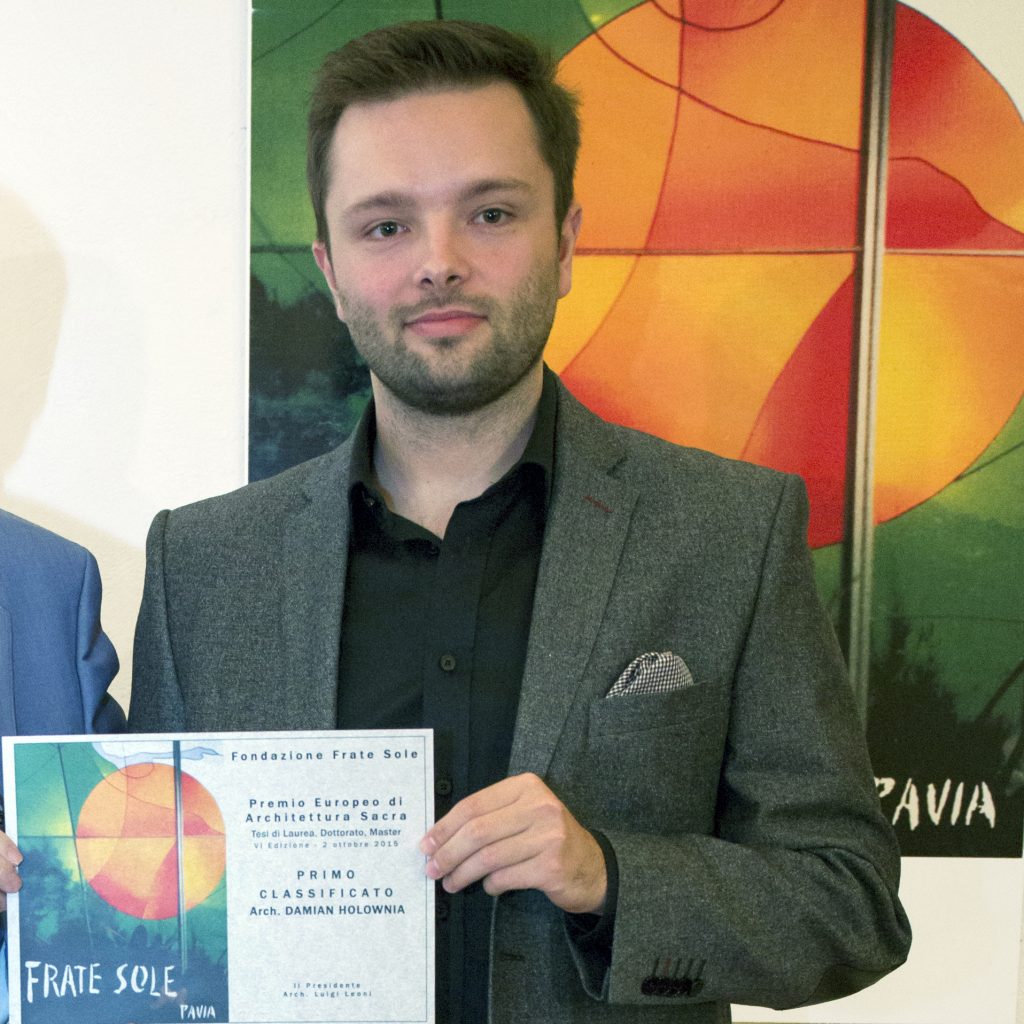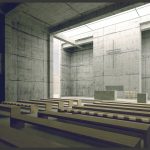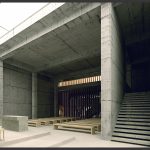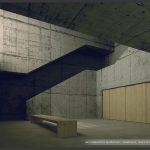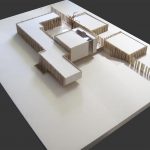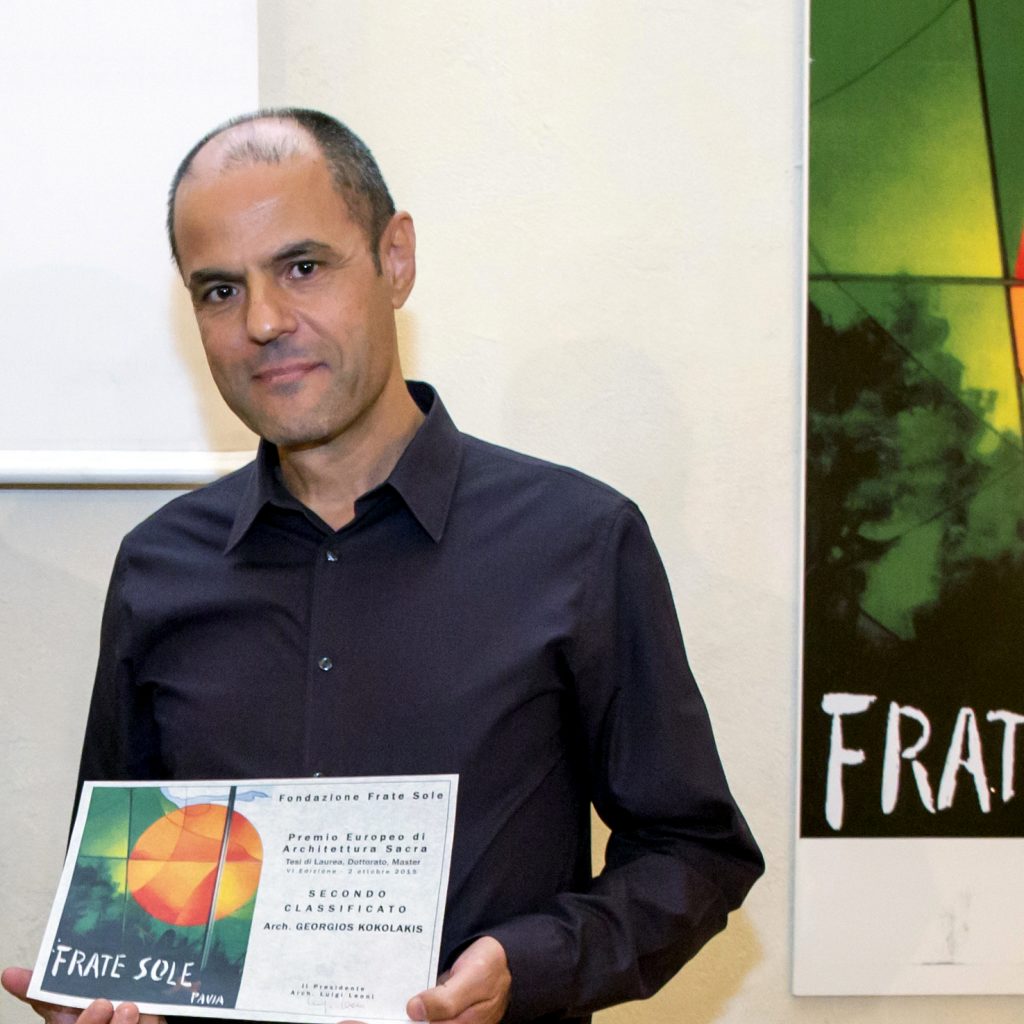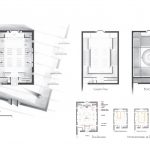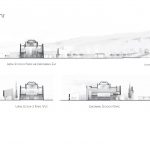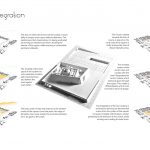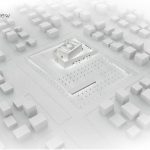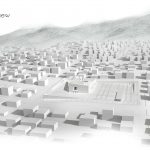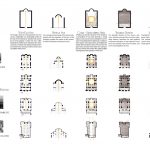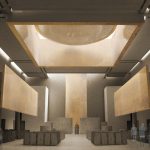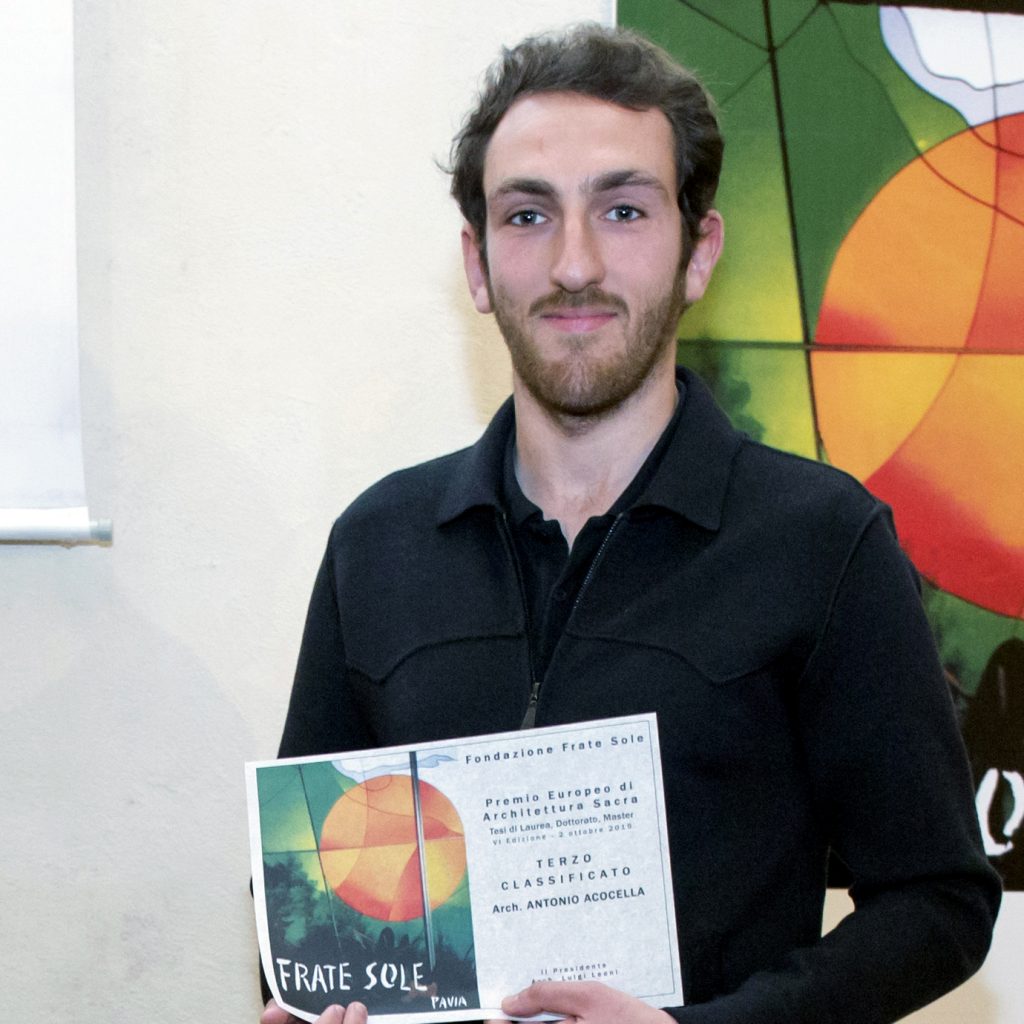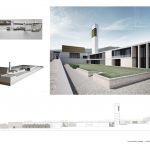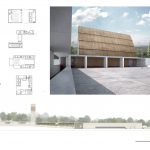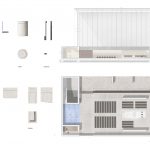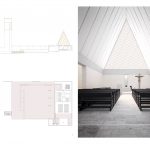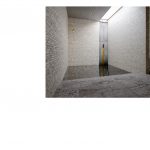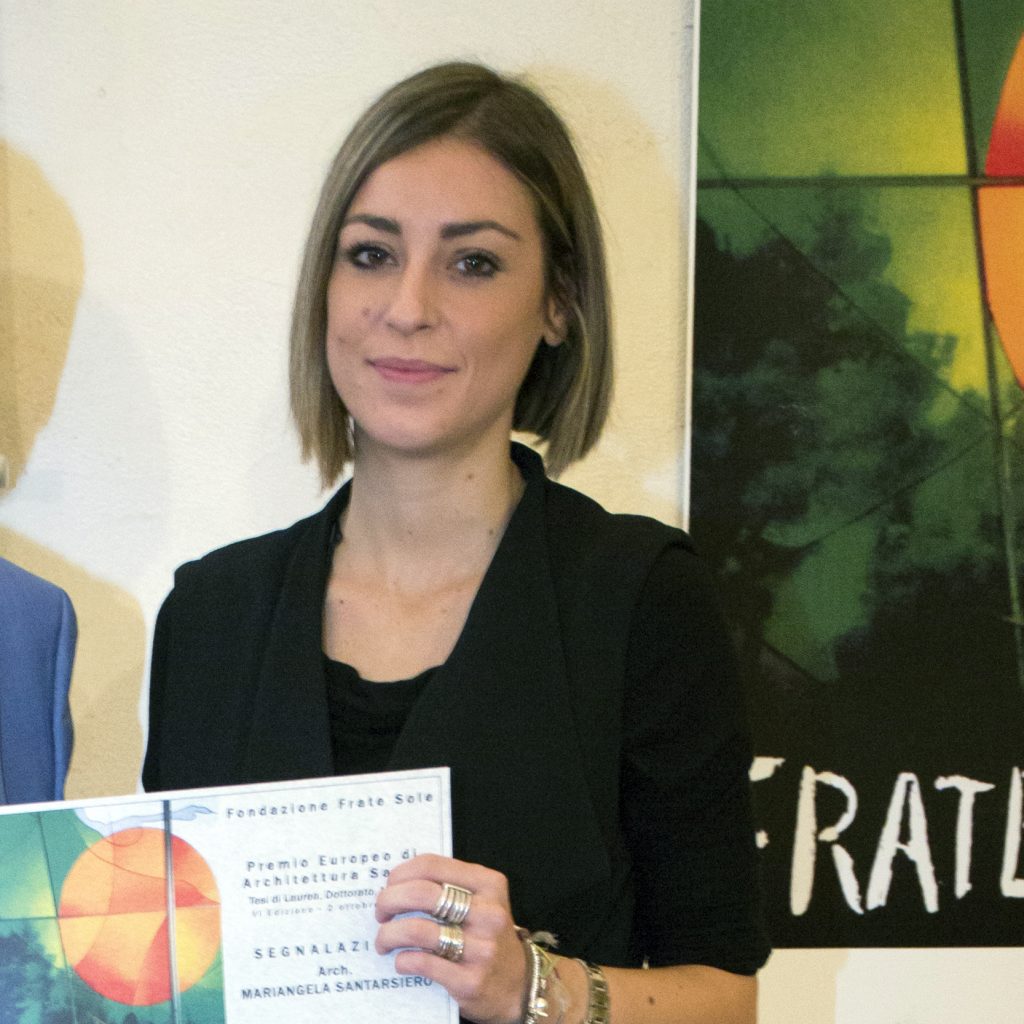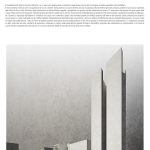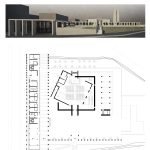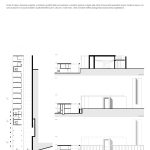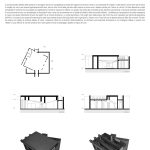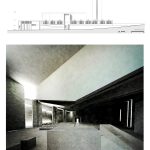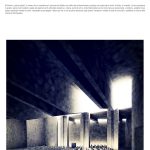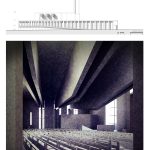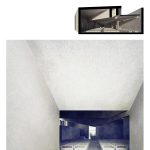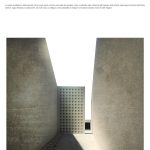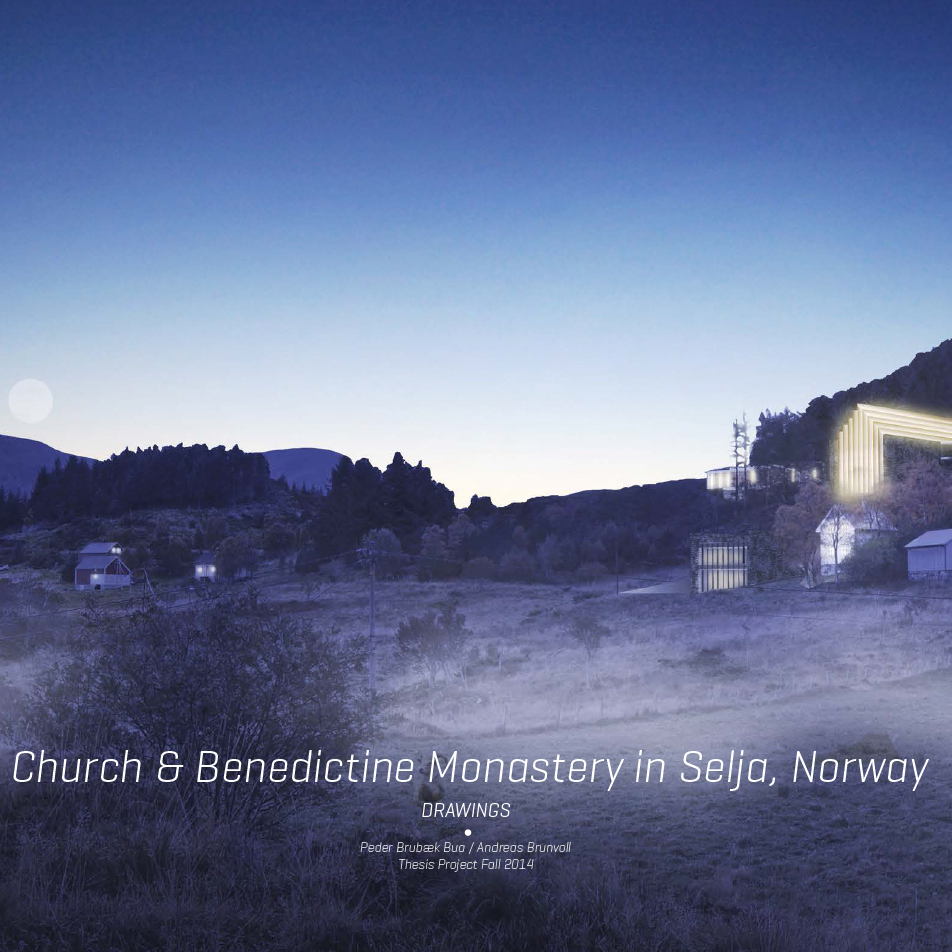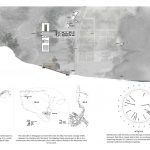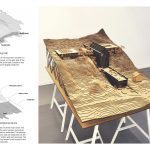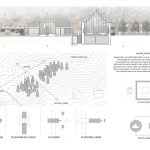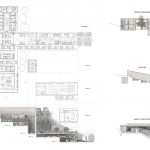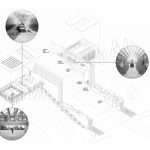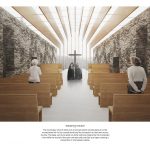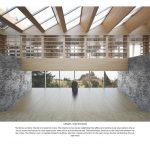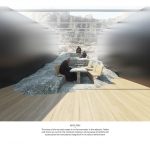The day 5 June 2015in the premises of the Frate Sole Foundation in Via Paratici 21 in Pavia, the Jury of the Foundation for the evaluation of the proposals received for the VI Edition of the European Prize for Sacred Architecture.
The assembled jury is composed as follows: Luigi Leoni, Giorgio Della Longa, Esteban Fernández Cobián, Andreas Meck, Vincenzo Melluso, Giuseppe Russo, Paolo Zermani.
The jury, through successive selections, was able to express a shared ranking; it should be noted once again that, in addition to the classified works and those that were subject to an articulated evaluation, other projects with reasons of interest were considered and discarded by virtue of a non-shared evaluation by some members of the jury.
Having said this, the jury's activity is expressed through the following judgement, handing over to the Foundation's Board of Directors what emerged collectively.
FIRST PRIZE
DAMIAN HOLOWNIA
Seminar for the preparatory period in Lublin on Lake Zemborzycki
The dissertation concerns the design of a new Catholic seminary for propaedeutic courses of theological studies. It is a complex structure, connected to the major seminary of the Diocese of Lublin, dedicated to the first two years of the study path of aspiring priests.
The chosen site, a secluded and wooded bend in Lake Zemborzycki, although close to the city centre, results in a kind of isolation of the building from the urban context to ensure privacy and foster the degree of awareness of the candidates in their life journey.
The work programme is striking for the density of its analysis, which touches on aspects of a religious but also social nature; the intention is in fact to create a secluded, rigorous, almost ascetic place in which candidates can place themselves in direct relation with the difficult path they have chosen. The author places his doing in close relation to the vocational crisis that is also crossing Eastern Europe, attributing to the severe architecture designed a role of significant interaction with the spiritual path of the individual.
The functional and architectural programme is complex, closely correlating places related to the educational function with those of a spiritual nature to those for everyday use. This complexity is brilliantly resolved with commendable care for internal and external relations.
The programme is innervated on the main route that connects the functional areas and condenses in the chapel, the heart of the entire complex. A chapel that does not stand out in the skyline but instead takes root in the bed formed by the paths related to it.
With a sure hand, the author governs the difficulties of the programme through a rigorous use of form and materials such as the brutalist flavour of exposed concrete and the sequence of vertical boards that accompany the main route.
The governance of the complexity rather than the specific solution of the sacred place impressed the jury favourably, who proposed this work as the winner of the award.
SECOND PRIZE
GEORGIOS KOKOLAKIS
New Orthodox Christian Temple
The aim of the thesis is to investigate the fundamental question of 'what is the Orthodox Christian temple, what does it express and how should it be designed' today.
The Orthodox interpretation of the Christian building is the topos from which the tight analysis on the invariants of the Temple, on which the thesis lingers in depth, begins. Revealed values and meanings that represent constants in the construction of the Orthodox temple, even if not always in an immediately legible form, must also be expressed in a contemporary temple. Indeed, the modes of spatial expression, which could be diverse, derive from a deep understanding of meanings, even if they need not necessarily repeat past forms in a passive manner. On the contrary, according to the author, obsessive attachment to these is a superficial expression of respect for the true meaning of tradition.
The design synthesis is expressed through contemporary materials, such as reinforced concrete, and forms that in a measured dialogue with the past revisit the temple's invariables in a contemporary way. Elaborate is the search for light that rains down from the dome with significant variations in the nave and sanctuary compared to the dim luminosity of the peripheral areas.
The project in question significantly places itself on a level of design research that had not been noted in the numerous projects in the Orthodox sphere that the Award has accepted in the past. This in particular was positively judged by the jury more than considerations of a strictly formal nature, also because of the long-distance dialogue with the Orthodox temple that, as the only non-secular building, is seeing the light at Ground Zero.
THIRD PRIZE
ANTONIO ACOCELLA
Church and parish complex of San Giuseppe in San Cesareo (Rome)
The project is located in an area in San Cesareo, a town south of the capital in the diocese of Palestrina. It was inspired by a concrete need expressed in the local area for the construction of a new parish complex on an area subject to constraints due to the important archaeological evidence found there.
The project envisages, with respect to the concrete case, the renunciation of residential buildings in order to qualify the area through a parish complex in dialogue with the archaeological area and its museum centre.
Measured and rigorous, the composition was appreciated by the jury both for the effective arrangement of the elements in the plot and for the expressive form reserved for the simple church building in which the author expresses himself with the archaic reference to the hut.
In this unique straw-covered steep that reclaims an element of collective memory, dwellings in use in the not too distant past, the community can meet and gather.
The author governs the interior layout of the sacred building according to principles guided by a reading of the pioneering phase of the architecture of the Liturgical Movement, and this degree of depth, even if not fully convincing in the elaborated synthesis, was appreciated by the jury.
Reports
Finally, the jury considered mentioning the following projects that reached the final evaluation stage:
MARIANGELA LUDOVICA SANTARSIERO
Parish complex in Rome
degree thesis discussed at the University of Rome La Sapienza
ANDREAS BRUNVOLL, PEDER BUA
Benedictine Monastery in Selja (Norway)
thesis discussed at the Norwegian School of Science and Technology

